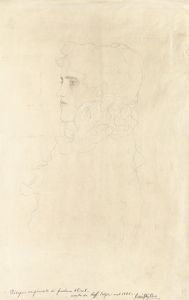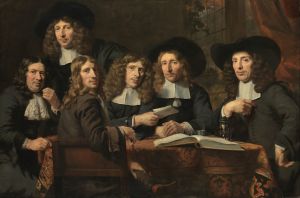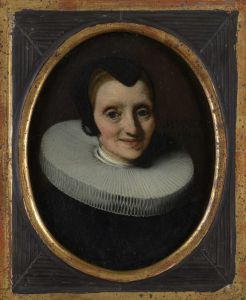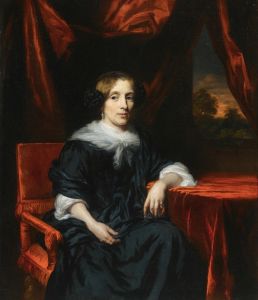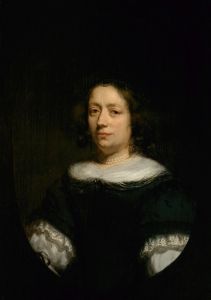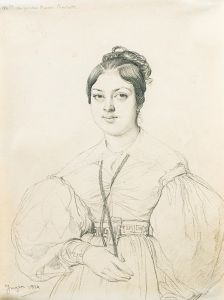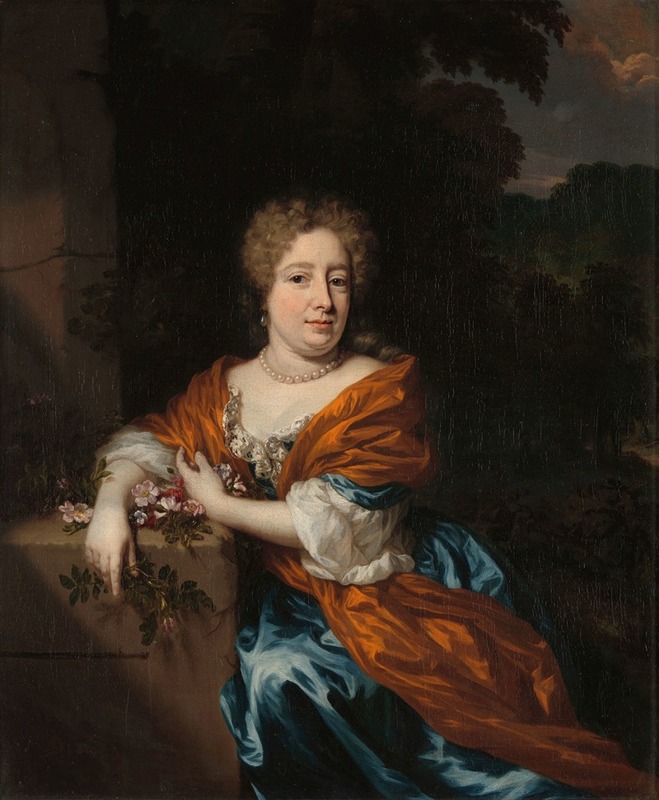
Portrait of Petronella Dunois
A hand-painted replica of Nicolaes Maes’s masterpiece Portrait of Petronella Dunois, meticulously crafted by professional artists to capture the true essence of the original. Each piece is created with museum-quality canvas and rare mineral pigments, carefully painted by experienced artists with delicate brushstrokes and rich, layered colors to perfectly recreate the texture of the original artwork. Unlike machine-printed reproductions, this hand-painted version brings the painting to life, infused with the artist’s emotions and skill in every stroke. Whether for personal collection or home decoration, it instantly elevates the artistic atmosphere of any space.
"Portrait of Petronella Dunois" is a painting by the Dutch Golden Age artist Nicolaes Maes. This artwork is a fine example of Maes's portraiture, showcasing his ability to capture the character and status of his subjects with great detail and sensitivity.
Nicolaes Maes (1634–1693) was a prominent Dutch painter, initially trained under Rembrandt van Rijn in Amsterdam. Maes is known for his genre scenes and portraits, and his work reflects the influence of his master, particularly in the use of light and shadow. Over time, Maes developed his own distinctive style, which became highly sought after in the Dutch Republic.
The subject of this portrait, Petronella Dunois, was a member of a wealthy and influential family in the Netherlands. The Dunois family was known for their affluence and social standing, which is reflected in the opulent attire and dignified pose of Petronella in the painting. The portrait likely served both as a personal memento and a public display of the family's status.
In the painting, Petronella Dunois is depicted wearing a luxurious dress adorned with intricate lace and fine jewelry, indicative of her high social rank. Her attire and the overall composition of the portrait suggest that it was created during the latter part of the 17th century, a period when Maes had established himself as a leading portraitist in Dordrecht and later in Amsterdam.
Maes's technique in this portrait is characterized by meticulous attention to detail, particularly in the rendering of textures such as the lace and fabric of Petronella's dress. The use of light and shadow enhances the three-dimensionality of the figure, a hallmark of Maes's mature style. The background is kept relatively simple, ensuring that the focus remains on the subject.
The "Portrait of Petronella Dunois" is part of the collection of the Rijksmuseum in Amsterdam, one of the most prestigious art museums in the world. The painting is an important example of Maes's work and provides valuable insight into the fashion and social customs of the Dutch Golden Age.
This portrait not only highlights Nicolaes Maes's skill as a portraitist but also serves as a historical document, offering a glimpse into the life and status of Petronella Dunois. Through this work, viewers can appreciate the artistry of Maes and the cultural context of 17th-century Netherlands.





